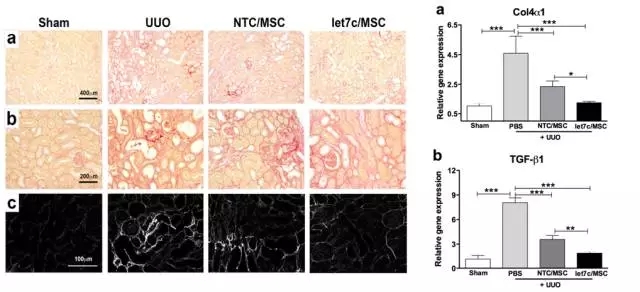Tips Offered on Selecting The Study Directions for Mesenchymal Stem Cells Research
Before discussing the how to select the study directions on Mesenchymal Stem Cells, we will summarize the most common patterns of mesenchymal stem cell research first, which includes Mesenchymal stem cells bind exosome and Non-coding RNA. And mesenchymal stem cells can be used for repair of various diseases of the system. Such as, H0605 that can be used for bone, joint, soft tissue injury and repair; H0203 for cardiomyocyte / vascular cell injury, repair, remodeling and regeneration; H1511 for medical / trauma / burn / plastic surgery other scientific issues; H0910 for brain, spinal cord, peripheral nerve injury and repair; H1505 for burn and H2902 can be applied for clinical basis of integrated traditional Chinese and Western medicine etc. And then, in order to get the detailed data that mesenchymal stem cells are used to treat clinical trials of various diseases, there are 616 studies being retrieved by searching Mesenchymal stem cells as the keyword. Of which, 24 arthritis, 26 graft-versus-host diseases, 25 diabetes, 22 spinal cord injuries, 21 multiple sclerosis, 17 liver cirrhosis, 15 amyotrophic lateral sclerosis, 14 Crohn's disease, 11 Severe limb ischemia, 10 liver failure, 10 strokes are involved. With the supportive of common patterns and detailed data, let’s introduce the popular study directions for Mesenchymal Stem Cells shared by other researchers as follows: 1.MicroRNA cluster miR-17-92 Cluster in Exosomes Enhance Neuroplasticity and Functional Recovery After Stroke in Rats.Stroke(IF 6.0). 2017 Mar;48(3):747-753. The function and mechanism of mesenchymal stem cells in the treatment of stroke: mesenchymal stem cells regulate the expression of PTEN through miR-17-92 in exosomes to activate PI3K / Akt / mTOR pathway to regulate neuronal plasticity and promote functional recovery after stroke. 2.Exosomes derived from miR-122-modified adipose tissue-derived MSCs increase chemosensitivity of hepatocellular carcinoma.J Hematol Oncol(IF 6.3). 2015 Oct 29;8:122. MiR-122-modified adipose tissue-derived mesenchymal stem cells (AMSCs) increase the sensitivity and mechanism of chemosensitivity of hepatocellular carcinoma: AMSCs transmit miR-122 to hepatocarcinoma cells through exosomes, increasing the sensitivity of hepatocarcinoma cells to chemotherapeutic drugs 5-FU by regulating the expression of HGF target gene IGF1R, ADAM10 and CCNG1 expression. The same tumor injection of miR-122 also increased the sensitivity of 5-FU chemotherapy in hepatocarcinoma cells. 3.Mesenchymal Stem Cells Deliver Exogenous MicroRNA-let7c via Exosomes to Attenuate Renal Fibrosis.Mol Ther(IF 6.9). 2016 Aug;24(7):1290-301. Study of Mesenchymal stem cells in the treatment of renal fibrosis function and mechanism: mesenchymal stem cells regulate the expression of TGFβ, collagen IVα 1 and mmp9 through let7c in the exosomes to inhibit renal fibrosis. In general, as various sources of mesenchymal stem cells can be applied to the treatment of different kinds of disease, almost covering every disease system, such as umbilical cord MSC-Human Umbilical-Cord-Derived Mesenchymal Stem Cell, fat-derived MSC-Adipose Derived Mesenchymal Stem Cells, etc., all of which make mesenchymal stem cell research become a research focus. Therefore, with the combination of exosomes and non-coding RNA hot spots, it is clear to know the study directions for Mesenchymal Stem Cells will be the function and mechanism of the treatment on a class of disease: Exo - mediated ncRNA (miRNA / lncRNA) that can be used to regulate target genes and classical pathway. stem cells


Your email address will not be published. Required fields are marked *